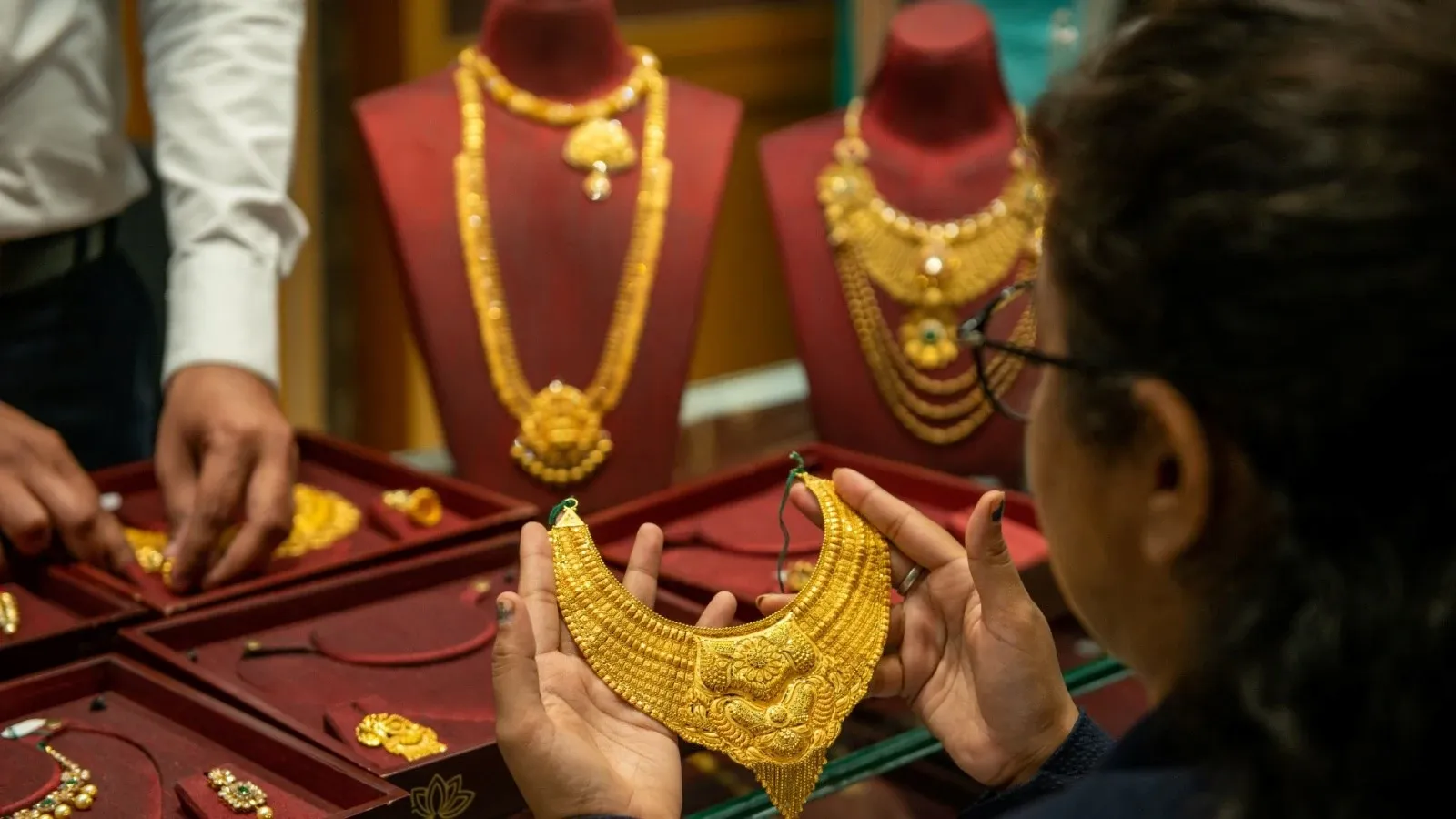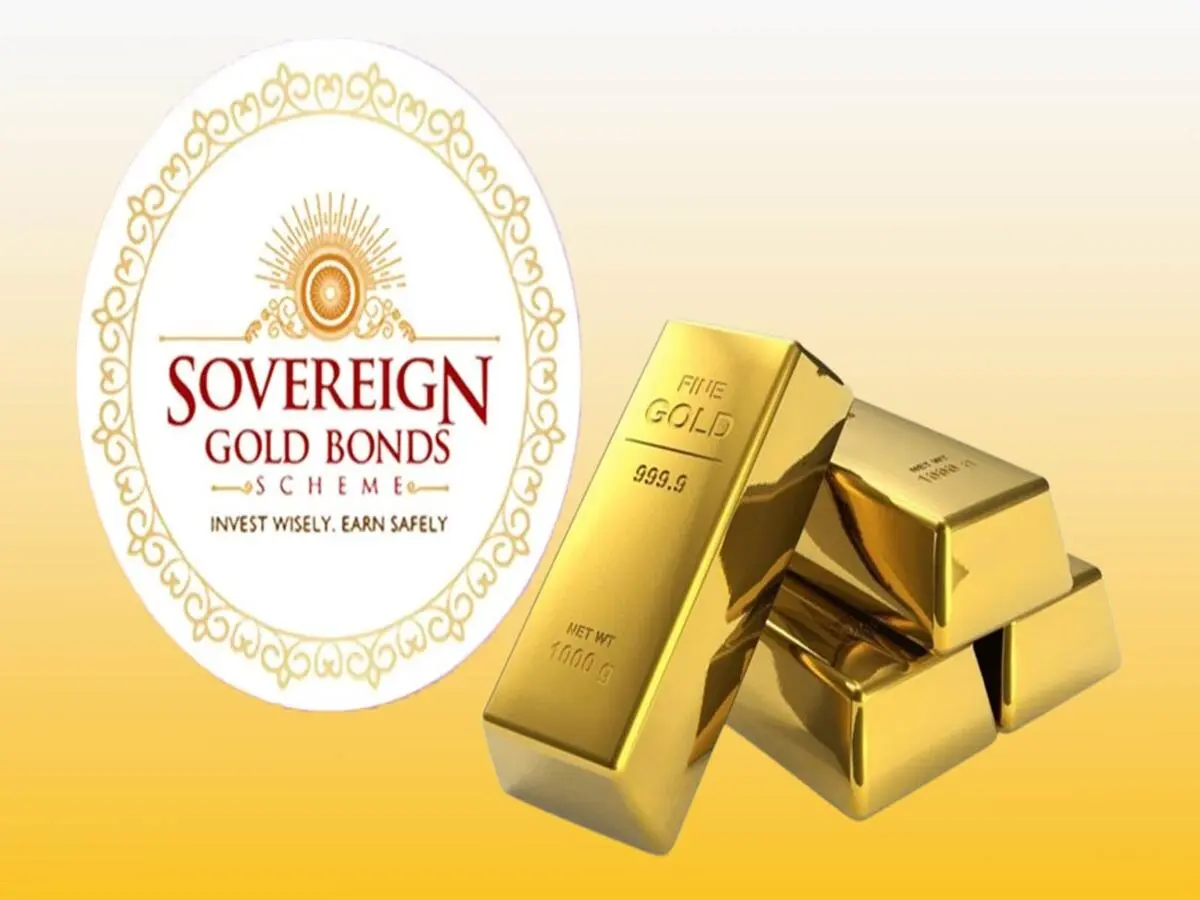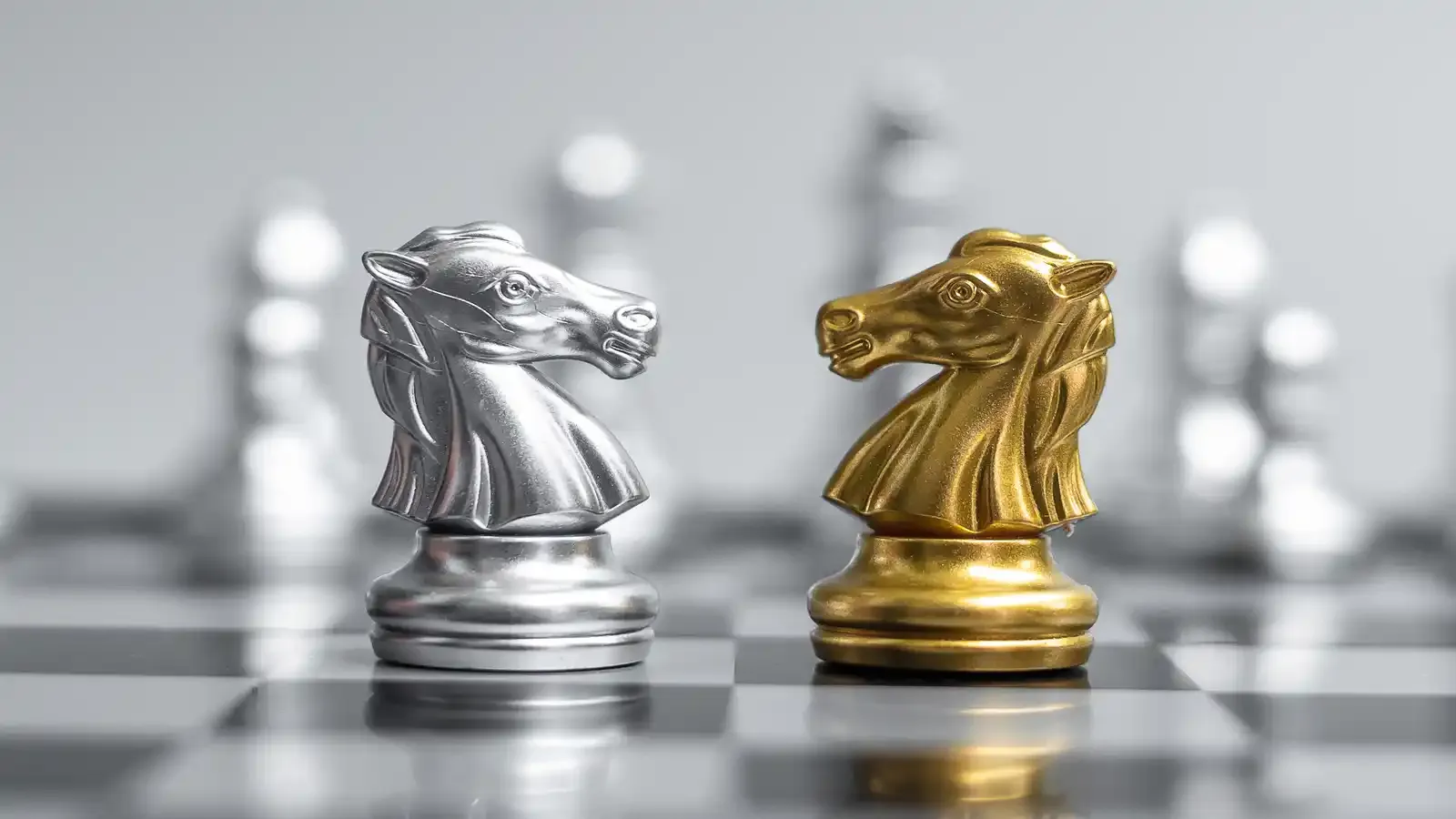Personal Finance News
Gold jewellery demand falls 31%, investment buying surges: What is driving this trend?

4 min read | Updated on October 30, 2025, 18:25 IST
SUMMARY
The World Gold Council expects full-year demand for gold in India to be near the higher end of the range between 600 and 700 tonnes. In the first nine months of 2025, the demand stands at 462.4 tonnes.

Gold jewellery is the bulk of consumption in India, which is the world's second-largest bullion market.
Gold demand in India declined by 16% in volume during the July-September quarter of 2025 due to soaring gold prices, the World Gold Council said on Thursday, October 30.
In contrast, global demand for gold rose to 1,313 tonnes in the third quarter, the highest on record.
While investment buying surged across the country on the back of the yellow metal’s safe-haven appeal, record-high prices led to reduced consumer purchasing power for these precious metals.
The aggregate gold demand in the third quarter fell to 209.4 tonnes from 248.3 tonnes a year earlier, according to the WGC.
However, the value of demand jumped 23% during the reporting period to ₹2,03,240 crore, as compared to ₹1,65,380 crore, reflecting the over 50% surge in gold prices this year.
This means that while the demand for gold jewellery and physical gold declined due to rising gold prices, investment demand surged, and the value of demand also remained elevated.
WGC demand trends for Q3 2025: Key highlights
Demand for gold jewellery declined by 31% YoY to 117.7 tonnes from 171.6 tonnes. The value of jewellery purchases remained flat at nearly ₹1,14,270 crore as buyers adjusted to elevated price levels, as per the WGC report. Gold jewellery is the bulk of consumption in India, which is the world's second-largest bullion market.
The investment demand, however, increased by 20% YoY in volume to 91.6 tonnes, and rose 74% YoY in value to ₹88,970 crore from ₹51,080 crore.
"This highlights a deepening strategic commitment among Indian consumers to gold as a long-term store of value," a PTI report quoted Sachin Jain, World Gold Council Regional CEO for India, as saying.
The average gold price in India increased to ₹97,074.9 per 10 gram during the September quarter, up 46% from ₹66,614.1 per 10 gram in the year-ago period.
International gold prices averaged at $3,456.5 per ounce against $2,474.3 a year ago.
Despite the volume decline for gold jewellery, Jain remained optimistic about demand during the crucial festive and wedding season, citing early signs from retailers and strong sales in October during Diwali.
"There is a 16% drop in volume, but there is a 23% historic rise in value. We cannot ignore that," Jain told PTI. "Indian consumers are catching up with the rise in per capita income and disposable income."
Many consumers advanced their wedding purchases, as gold has significant cultural value in India, especially in weddings, as prices surged in the last few months. This hints towards a strong fourth quarter, he noted.
Gold imports during the third quarter fell by 37% to 194.6 tonnes from 308.2 tonnes last year, and recycling fell 7% to 21.8 tonnes.
According to Jain, the import numbers reflected last year's surge, when a historic duty reduction was announced in the July 2024 budget, making Q3 2024 an exceptionally strong base for comparison.
WGC expects full-year demand for gold to be near the higher end of the range between 600 and 700 tonnes. In the first nine months of 2025, the demand stands at 462.4 tonnes.
India vs global gold demand
While the demand for gold decreased in India in Q3, global demand increased significantly to 1,313 tonnes. The global surge was driven mainly by central bank gold buying and investment demand. The National Bank of Poland remained the largest buyer among central banks.
Central banks continue to buy gold as a hedge against inflation and economic uncertainties. Many countries are aiming to diversify their foreign reserves and reduce dependence on the US dollar-based financial system.
India’s consumption patterns are different from global trends due to its jewellery demand. Gold is more than just an investment in the country, attached to traditional values and beliefs. Alternatively, global demand is driven primarily by central banks and investment flows.
Jain attributed the continued strength in gold prices to geopolitical uncertainties, potential trade wars, and countries diversifying their dollar reserves into gold, factors that are expected to support prices and demand momentum going forward, the PTI report said.
Gold, as a safe-haven metal, rises during geopolitical tensions, trade war concerns, central bank gold buying, tumbling currencies and market fluctuations. This year, a combination of these factors has been keeping the demand for the yellow metal up.
Related News
By signing up you agree to Upstox’s Terms & Conditions
About The Author
Next Story



